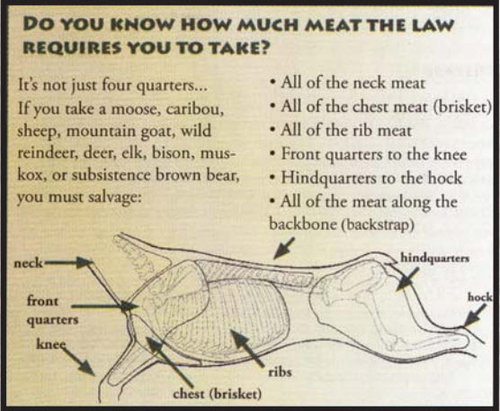onpoint
Well-known member
In my not so humble opinion and experience......
I quarter, fillet, and stuff 1/4s (hide ON), loins, backstraps, and trim into game bags and pack 'em out.
Hair is always on some portion of meat.
At processing time, after skinning, the hair is carefully singed off with a propane torch.
After processing many wonderfully tasty lopes, never had a problem with hair affecting the finished product. My favorite wild meat thus far.............
I quarter, fillet, and stuff 1/4s (hide ON), loins, backstraps, and trim into game bags and pack 'em out.
Hair is always on some portion of meat.
At processing time, after skinning, the hair is carefully singed off with a propane torch.
After processing many wonderfully tasty lopes, never had a problem with hair affecting the finished product. My favorite wild meat thus far.............






